Gerry McGrath - Tuam, Galway
Up until last Sunday, the weather had been reasonably good in Galway. Since then, however, conditions have been very broken and Gerry thinks field work has come to an end for the year. In his area, most of the potatoes have been harvested and winter cereals sown. He says there is a notable increase in area planted in winter cereals compared to last year. Ground conditions around Tuam are quite mixed, he explains. Some farmers have been able to keep stock out while others have now housed their animals for the winter.
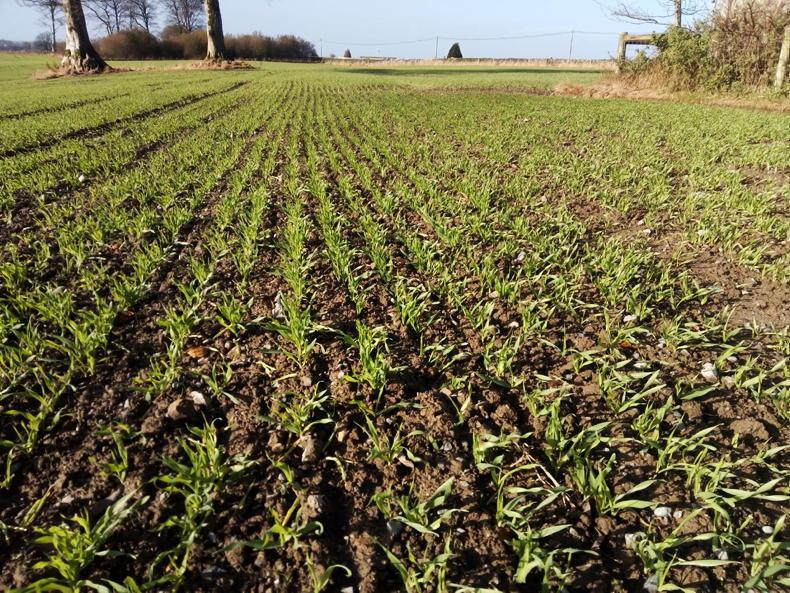
Gerry's winter barley crops have emerged well.
When talking to Gerry last month he was just about to start sowing winter oats. He saves all of his cereal seed which was cleaned and dressed earlier in September. Gerry saves his seed to cut down on cost but he also feels he reduces the risk of importing weed seed. “When we have tried new varieties in the past, we often found that wild oats would appear in those fields where the certified seed was sown,” he explains.
He sowed his Husky oats at 200kg/ha but was not able to roll the ground after. He will wait until the spring before deciding on his herbicide strategy.
Winter barley
His Cassia winter barley received a herbicide application of Tower (2l/ha) and Hurricane (0.15l/ha) along with the aphicide Lambda (50ml/ha). The crop was at the two-leaf stage when this treatment was applied. The crop is looking well and the crows have moved on. Gerry used bangers and kites to deter the crows but to little effect, he remarks.
Spring barley is a cheaper crop to grow and there isn’t much of a yield difference compared to winter barley
Gerry doesn’t grow winter wheat any more. He says the crop was proving too risky to grow due to sprouting and lodging in poor weather. In 2010 he lost an amount of his winter wheat crop and hasn’t grown it since.
He explains that in his area, spring barley is the most profitable crop to grow. “Spring barley is a cheaper crop to grow and there isn’t much of a yield difference compared to winter barley,” Gerry says.
Gareth Culligan - Stabannon,
Louth
After a late start, Gareth had a good run at autumn sowing, finishing winter cereals on 18 October. Around 7ml of rain has fallen over the past week and conditions remain good.
When talking to Gareth this week, he was about to sow Wizard winter beans into wheat stubble. The crop was sown at 235kg/ha. It was sown along with a companion crop of oats, wheat, barley and linseed, which was broadcast on to the stubble at 156kg/ha.

Gareth sowing winter barley into a summer cover crop.
The thinking here is that this companion crop will supress weeds and encourage root diversity. It will eventually be killed off in the spring. If conditions allow, he will sow another 100ac of winter beans in November.
Cereals
He began sowing winter wheat on 13 October. This year he is sowing a number of six-way variety mixes consisting of either Dunston, Lumos, Theodore, Graham, Bennington, Conros, Costello or JD Diego. He mixes the varieties in his chaser bin before filling the drill. The crops were drilled at 156-188kg/ha into either cereal stubble or oilseed rape (OSR) stubble.
The crop which was drilled into OSR stubble received an application of slug pellets but will not receive a herbicide or aphicide this autumn.
Gareth then moved on to winter barley where he sowed a four-way mix consisting of Cassia, LG Castings, Infinity and Joyau at a rate of 200kg/ha.
Some of his winter cover crops, which were sown for GLAS are looking poorly
Some of these were sown directly into a summer cover crop which will be killed off next spring. At the two-leaf stage the crop will receive a foliar feed of magnesium, boron and sulphur instead of an aphicide. It has been eight years since he has applied an aphicide on his farm. Some of his winter cover crops, which were sown for GLAS are looking poorly and Gareth thinks the scheme needs a rethink around the deadline for planting.
He thinks the recent developments around incentivising tillage farmers to chop straw is a good move but needs to be done correctly. For example, many choppers on combines are not capable of evenly chopping and spreading straw, which could lead to problems.
Martin O’Regan - Kinsale, Cork
Sowing conditions had also been good in Cork up until 18 October. Over 50mm of rain has fallen since but ground conditions remain reasonable. When talking to him this week, he was just after lifting the first of his sugar beet crops and was planning to start sowing winter oats after.
This year he plans to sow Husky oats at a rate of (165kg/ha). Weather permitting, he will be finished in around 10 days. This will bring his total planted cereal area to around 650ac.
His Graham winter wheat which was sown around three weeks ago has now emerged well. The crops received a post-emerge spray of Purelo (3.6l/ha) and an aphicide.
He sowed around 260ac of winter barley this year consisting of Bazooka (95kg/ha), Belfry (100kg/ha), Infinity (220kg/ha) and Joyau (185kg/ha). Conditions were only suitable to roll a small amount of this area. Around half of the crops received a pre-emerge herbicide of Firebird (0.3l/ha) and DFF (0.1l/ha).

Martin started harvesting sugar beet this week.
Beet harvest
The first of his harvested beet crops look well but Martin says it’s too early to get an accurate indication of yield. He doesn’t think the crops will perform as well as the record yields of 2019 but is still optimistic about their potential.
There is a lot of concern in the Cork area about yellow virus in beet crops this year.
He will lift an amount of beet each week before ramping up the harvest after Christmas. Of the 150ac of beet he grows, the majority will be harvested in the new year.
He uses an Armer to help guarantee that the crop will be stone free
He uses a twin-row Armer Salmon to harvest all of his beet crops. He uses an Armer to help guarantee that the crop will be stone free.
Martin keeps a close eye on the weather and if he feels frosty conditions are coming which may damage the tops, he will push to harvest the remainder of the crop.
However, the risk of frost is generally lower in his coastal location. Going well, Martin can harvest 7ac/day. Around 95% of the crop is washed using a Campion loader washer.
Gerry McGrath - Tuam, Galway
Up until last Sunday, the weather had been reasonably good in Galway. Since then, however, conditions have been very broken and Gerry thinks field work has come to an end for the year. In his area, most of the potatoes have been harvested and winter cereals sown. He says there is a notable increase in area planted in winter cereals compared to last year. Ground conditions around Tuam are quite mixed, he explains. Some farmers have been able to keep stock out while others have now housed their animals for the winter.

Gerry's winter barley crops have emerged well.
When talking to Gerry last month he was just about to start sowing winter oats. He saves all of his cereal seed which was cleaned and dressed earlier in September. Gerry saves his seed to cut down on cost but he also feels he reduces the risk of importing weed seed. “When we have tried new varieties in the past, we often found that wild oats would appear in those fields where the certified seed was sown,” he explains.
He sowed his Husky oats at 200kg/ha but was not able to roll the ground after. He will wait until the spring before deciding on his herbicide strategy.
Winter barley
His Cassia winter barley received a herbicide application of Tower (2l/ha) and Hurricane (0.15l/ha) along with the aphicide Lambda (50ml/ha). The crop was at the two-leaf stage when this treatment was applied. The crop is looking well and the crows have moved on. Gerry used bangers and kites to deter the crows but to little effect, he remarks.
Spring barley is a cheaper crop to grow and there isn’t much of a yield difference compared to winter barley
Gerry doesn’t grow winter wheat any more. He says the crop was proving too risky to grow due to sprouting and lodging in poor weather. In 2010 he lost an amount of his winter wheat crop and hasn’t grown it since.
He explains that in his area, spring barley is the most profitable crop to grow. “Spring barley is a cheaper crop to grow and there isn’t much of a yield difference compared to winter barley,” Gerry says.
Gareth Culligan - Stabannon,
Louth
After a late start, Gareth had a good run at autumn sowing, finishing winter cereals on 18 October. Around 7ml of rain has fallen over the past week and conditions remain good.
When talking to Gareth this week, he was about to sow Wizard winter beans into wheat stubble. The crop was sown at 235kg/ha. It was sown along with a companion crop of oats, wheat, barley and linseed, which was broadcast on to the stubble at 156kg/ha.

Gareth sowing winter barley into a summer cover crop.
The thinking here is that this companion crop will supress weeds and encourage root diversity. It will eventually be killed off in the spring. If conditions allow, he will sow another 100ac of winter beans in November.
Cereals
He began sowing winter wheat on 13 October. This year he is sowing a number of six-way variety mixes consisting of either Dunston, Lumos, Theodore, Graham, Bennington, Conros, Costello or JD Diego. He mixes the varieties in his chaser bin before filling the drill. The crops were drilled at 156-188kg/ha into either cereal stubble or oilseed rape (OSR) stubble.
The crop which was drilled into OSR stubble received an application of slug pellets but will not receive a herbicide or aphicide this autumn.
Gareth then moved on to winter barley where he sowed a four-way mix consisting of Cassia, LG Castings, Infinity and Joyau at a rate of 200kg/ha.
Some of his winter cover crops, which were sown for GLAS are looking poorly
Some of these were sown directly into a summer cover crop which will be killed off next spring. At the two-leaf stage the crop will receive a foliar feed of magnesium, boron and sulphur instead of an aphicide. It has been eight years since he has applied an aphicide on his farm. Some of his winter cover crops, which were sown for GLAS are looking poorly and Gareth thinks the scheme needs a rethink around the deadline for planting.
He thinks the recent developments around incentivising tillage farmers to chop straw is a good move but needs to be done correctly. For example, many choppers on combines are not capable of evenly chopping and spreading straw, which could lead to problems.
Martin O’Regan - Kinsale, Cork
Sowing conditions had also been good in Cork up until 18 October. Over 50mm of rain has fallen since but ground conditions remain reasonable. When talking to him this week, he was just after lifting the first of his sugar beet crops and was planning to start sowing winter oats after.
This year he plans to sow Husky oats at a rate of (165kg/ha). Weather permitting, he will be finished in around 10 days. This will bring his total planted cereal area to around 650ac.
His Graham winter wheat which was sown around three weeks ago has now emerged well. The crops received a post-emerge spray of Purelo (3.6l/ha) and an aphicide.
He sowed around 260ac of winter barley this year consisting of Bazooka (95kg/ha), Belfry (100kg/ha), Infinity (220kg/ha) and Joyau (185kg/ha). Conditions were only suitable to roll a small amount of this area. Around half of the crops received a pre-emerge herbicide of Firebird (0.3l/ha) and DFF (0.1l/ha).

Martin started harvesting sugar beet this week.
Beet harvest
The first of his harvested beet crops look well but Martin says it’s too early to get an accurate indication of yield. He doesn’t think the crops will perform as well as the record yields of 2019 but is still optimistic about their potential.
There is a lot of concern in the Cork area about yellow virus in beet crops this year.
He will lift an amount of beet each week before ramping up the harvest after Christmas. Of the 150ac of beet he grows, the majority will be harvested in the new year.
He uses an Armer to help guarantee that the crop will be stone free
He uses a twin-row Armer Salmon to harvest all of his beet crops. He uses an Armer to help guarantee that the crop will be stone free.
Martin keeps a close eye on the weather and if he feels frosty conditions are coming which may damage the tops, he will push to harvest the remainder of the crop.
However, the risk of frost is generally lower in his coastal location. Going well, Martin can harvest 7ac/day. Around 95% of the crop is washed using a Campion loader washer.






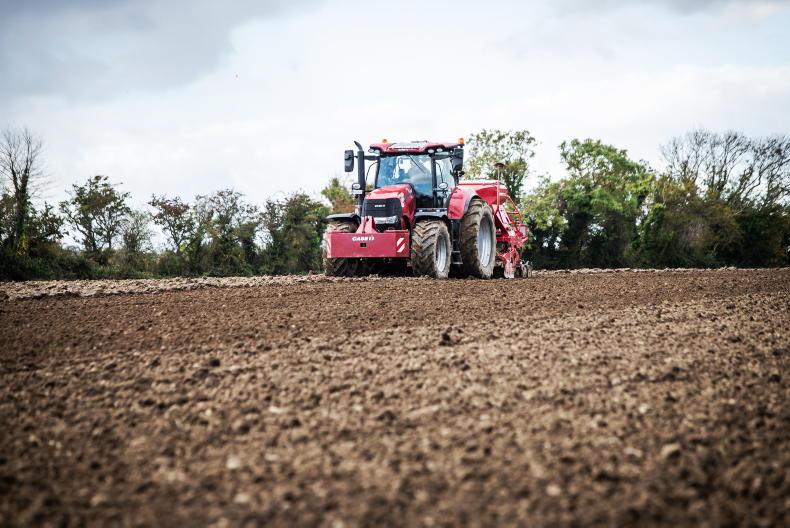

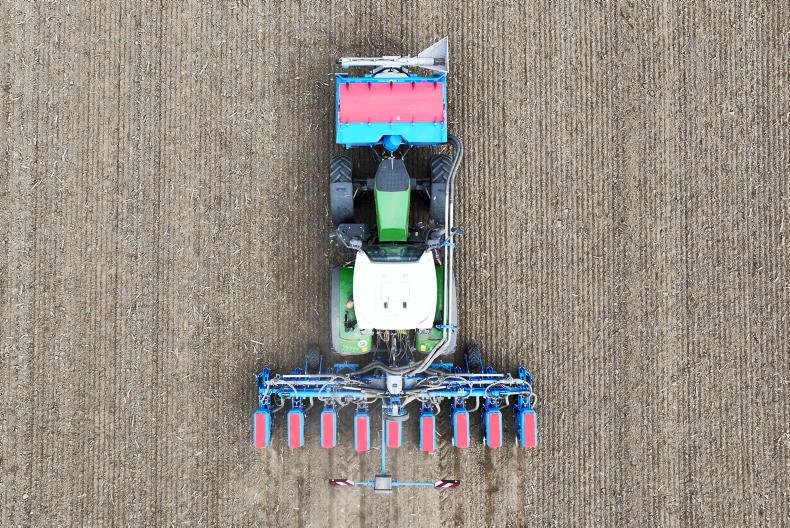

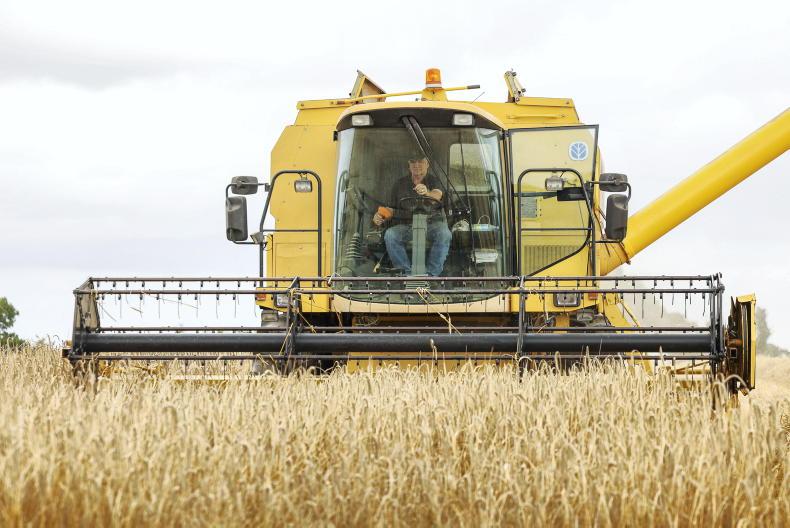
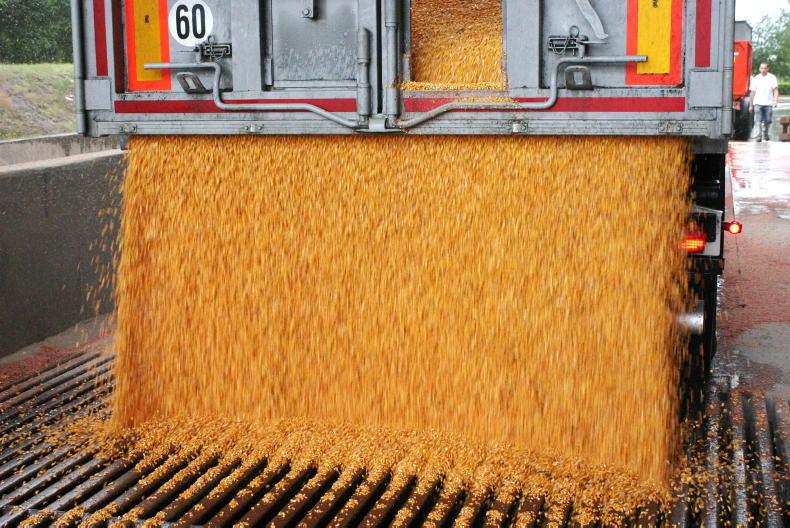
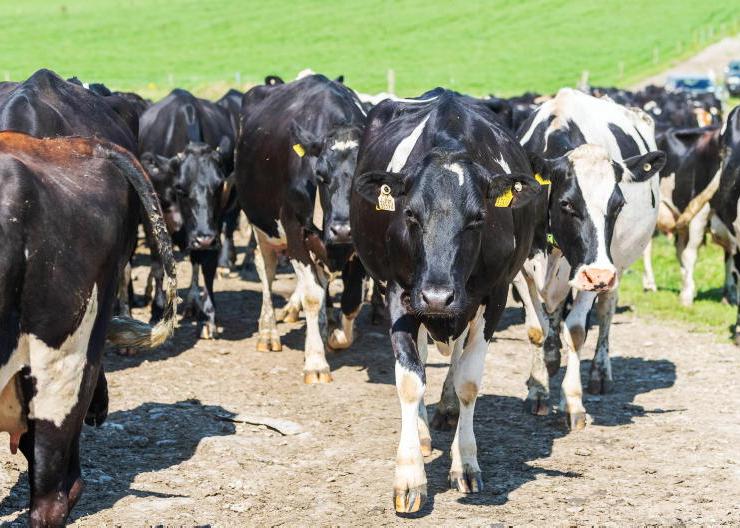
SHARING OPTIONS